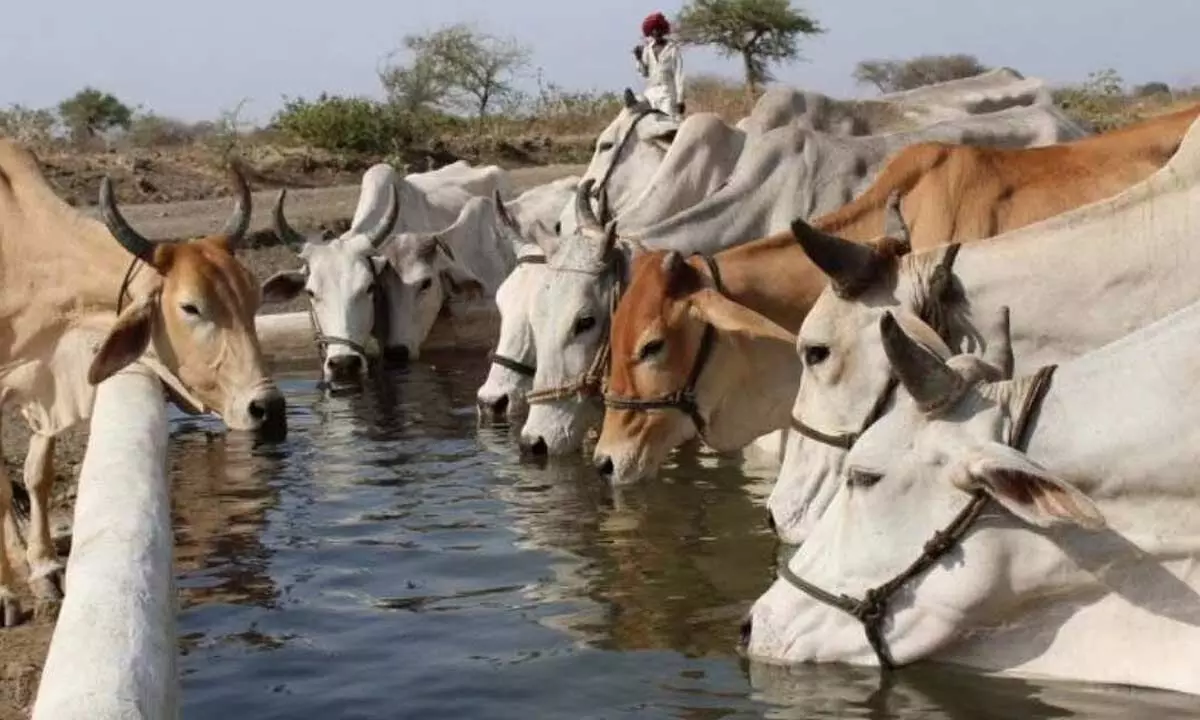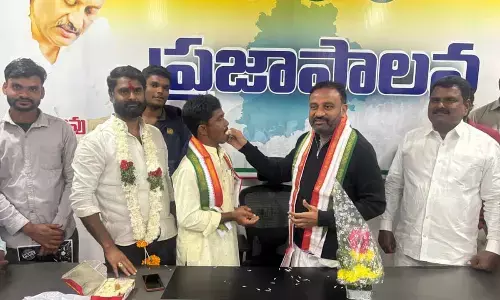Desi cow nos. on the decline, wake up!

Representational image
Is there a threat to the population of the indigenous cow, which of late has become a national symbol in the country? Yes, says a petition filed in the Supreme Court now.
Is there a threat to the population of the indigenous cow, which of late has become a national symbol in the country? Yes, says a petition filed in the Supreme Court now.
The petition has its basis in the 20th Livestock Census carried out in the country from 2018. The reason for the diminishing numbers is the interest in the cross-bred or exotic cow breeds that help the country sustain its white revolution. While the total cattle in India was 19,34,62,871 according to the Census, the exotic breed was 5,13,56,405 and the rest indigenous cattle. The petition stated that when compared with the previous survey conducted in 2012, it is seen that exotic/foreign cattle has increased by 29.3% while there has been a decrease of 6% of the indigenous cattle.
Pertinently, over the past 6 censuses conducted, exotic/foreign cattle have been steeply increasing whereas the indigenous cattle have been steadily decreasing. The Department of Animal Husbandry/Dairying under the Ministry of Fisheries, Animal Husbandry & Dairying attributes critical importance to livestock and to the collection and availability of up-to-date and accurate data related to livestock, as they are the vital component of rural economy.
For proper planning and formulation of any programme meant for bringing further improvement in this sector and its effective implementation and monitoring, valid data are required at every decision-making stage. The Livestock Census is the main source of such data in the country. The livestock census has been conducted across the country periodically since 1919. The census usually covers all domesticated animals and head counts of these animals are taken. So far, 19 Livestock Censuses were conducted in participation with State Governments and UT Administrations.
The 20th Livestock Census was launched during the month of October, 2018. The enumeration was done in both rural and urban areas. Various species of animals (cattle, buffalo, mithun, yak, sheep, goat, pig, horse, pony, mule, donkey, camel, dog, rabbit and elephant)/poultry birds (fowl, duck and other poultry birds) possessed by the households, household enterprises/non-household enterprises were counted at that site.
Another important feature of 20th Livestock Census is it has been designed to capture breed-wise number of animals and poultry birds. Here it has come to light that the indigenous breed numbers are diminishing. The petitioner has argued that the Indian political, religious and cultural landscape is still dominated by cow worship in many forms and the local breed has a divine significance even to this day. This apart, the benefits of cow milk, particularly the desi one, are well known. There is an increasing market for desi cow milk, desi cow ghee etc for various reasons. No one would deny the fact that indigenous breeds must be preserved by everyone.
The Supreme Court on Friday issued a notice to the Central and the State governments on the petitioner's plea seeking encouragement to artificial insemination of indigenous cows as opposed to foreign breeds. Like every aspect of our lives, even cows are also politicised in our country nowadays. Will there be a proper response from the State governments to this notice or politics come into play again?


















